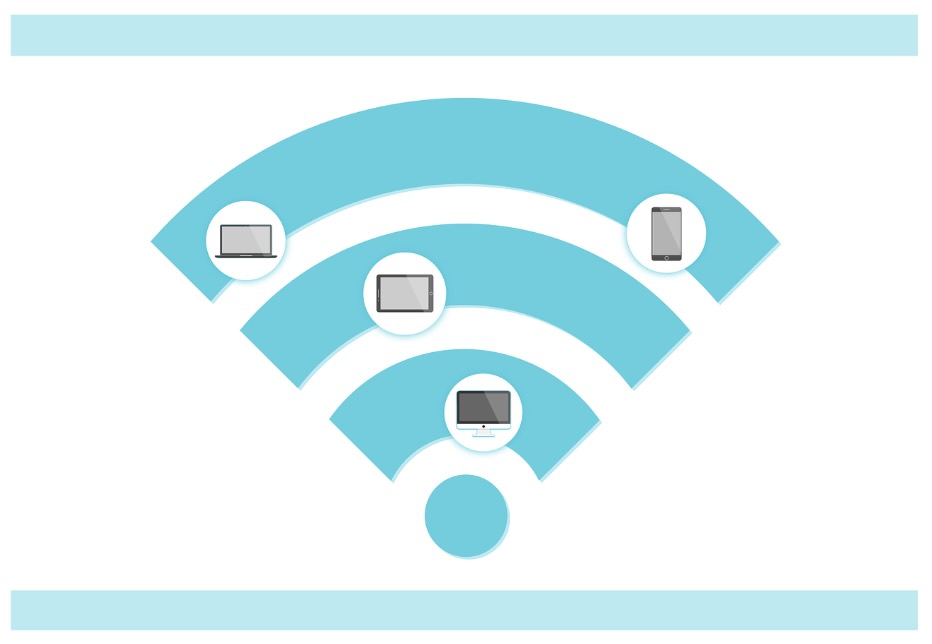
Table of Contents
With the arrival of WiFi 6 and beyond, many routers now support dual band WiFi, combining 2.4GHz and 5GHz networks for seamless connectivity. However, there are times when separating these bands—creating two distinct SSIDs—can offer more control and potentially optimize performance. In this article, we’ll explore the pros and cons of splitting your dual band WiFi network to help you decide which configuration is best for your specific needs.
Pros of Splitting Your Dual Band WiFi Network
Optimized Device Performance
Splitting your WiFi network allows you to allocate high-demand devices (like streaming devices and gaming consoles) to the 5GHz band, which offers faster speeds and lower latency. Devices that only need basic connectivity, such as IoT gadgets, can be assigned to the 2.4GHz band. This targeted allocation can reduce congestion and enhance the overall efficiency of your WiFi network.
Improved Network Management
Separate bands within a dual band WiFi setup give you better control over each device’s connection. This makes it easier to troubleshoot issues and manage device connectivity, knowing which devices are on which band. You can even set up a VLAN for IoT devices on the 2.4GHz band, adding a layer of security to your network.
Reduced Network Congestion
With dual band WiFi, you can reserve the less crowded 5GHz band for newer devices requiring higher bandwidth, while legacy devices use the more congested 2.4GHz band. This reduces interference and optimizes each band’s performance, improving connectivity across your network.
Compatibility for Legacy Hardware
Many older devices, including some IoT gadgets, cannot connect to a combined SSID on dual band WiFi. For these devices, having a separate 2.4GHz band is essential. This allows you to keep your legacy devices online while taking advantage of the 5GHz band for modern, high-speed connections.
Better Range Management
The 2.4GHz band on WiFi has greater range and better wall penetration, making it ideal for devices located far from the router. Meanwhile, the 5GHz band provides higher speeds for nearby devices, optimizing signal strength and range across different parts of your space.

Cons of Splitting Your Dual Band WiFi Network
Device Switching Inconvenience
One downside to splitting WiFi is that some devices may not seamlessly switch between the 2.4GHz and 5GHz networks when the signal changes. This can lead to connectivity issues, especially for mobile devices moving around the home, as they may stay connected to a weaker band until manually switched.
Potential for Device Compatibility Issues
Some older devices and certain smart home products may experience difficulties connecting to the network if dual band WiFi settings aren’t configured properly. Combined SSIDs can also cause frustration during device pairing if the router struggles to manage band-switching accurately.
Reduced Network Simplicity
Managing two separate SSIDs in a dual band WiFi setup can be cumbersome, especially when connecting new devices or guiding guests to the right network. This added complexity may not be ideal for all users and could require additional setup steps to ensure the best connectivity.
Inconsistent Coverage in Larger Homes
The shorter range of the 5GHz band in dual band WiFi networks can lead to coverage gaps, especially in larger or multi-story homes. Splitting your network may highlight these gaps, requiring additional access points or a mesh system to provide consistent signal strength across all areas.
Optimizing Your Dual Band WiFi Setup
Splitting your WiFi network between 2.4GHz and 5GHz offers benefits like improved performance and network management but may introduce additional complexity. If you have legacy devices, require specific connectivity for IoT hardware, or want tighter control over device allocation, dual band WiFi with separate SSIDs might be ideal. However, for simpler network setups, combining the bands may offer a more streamlined experience.

